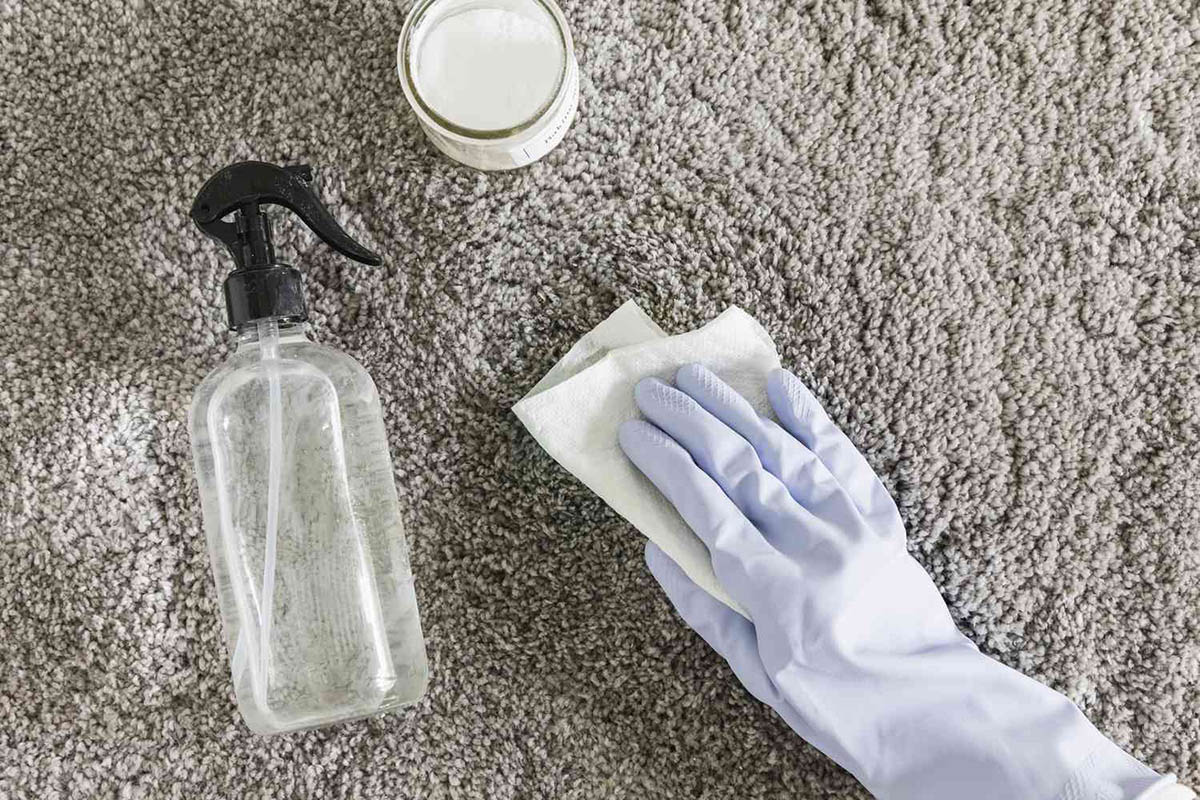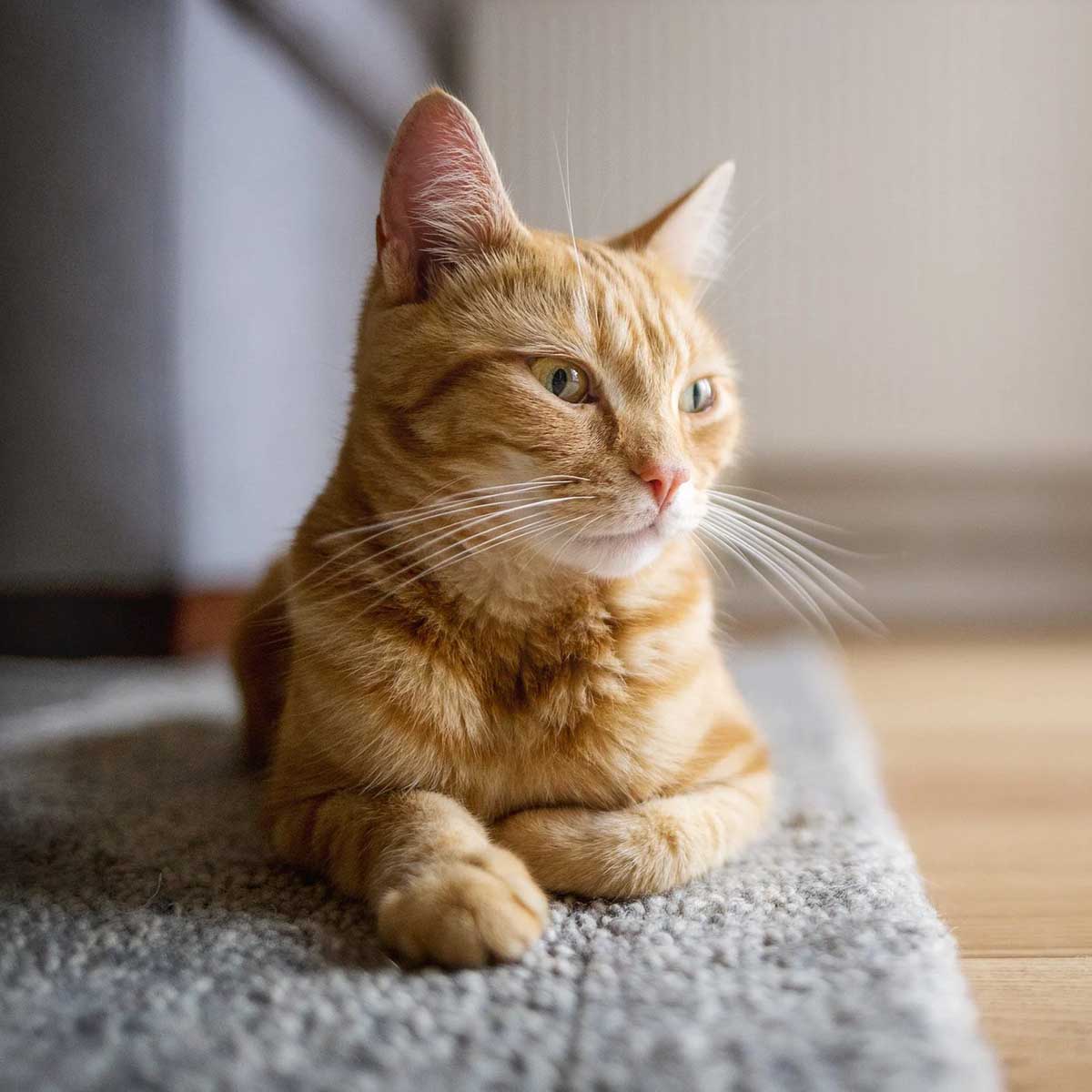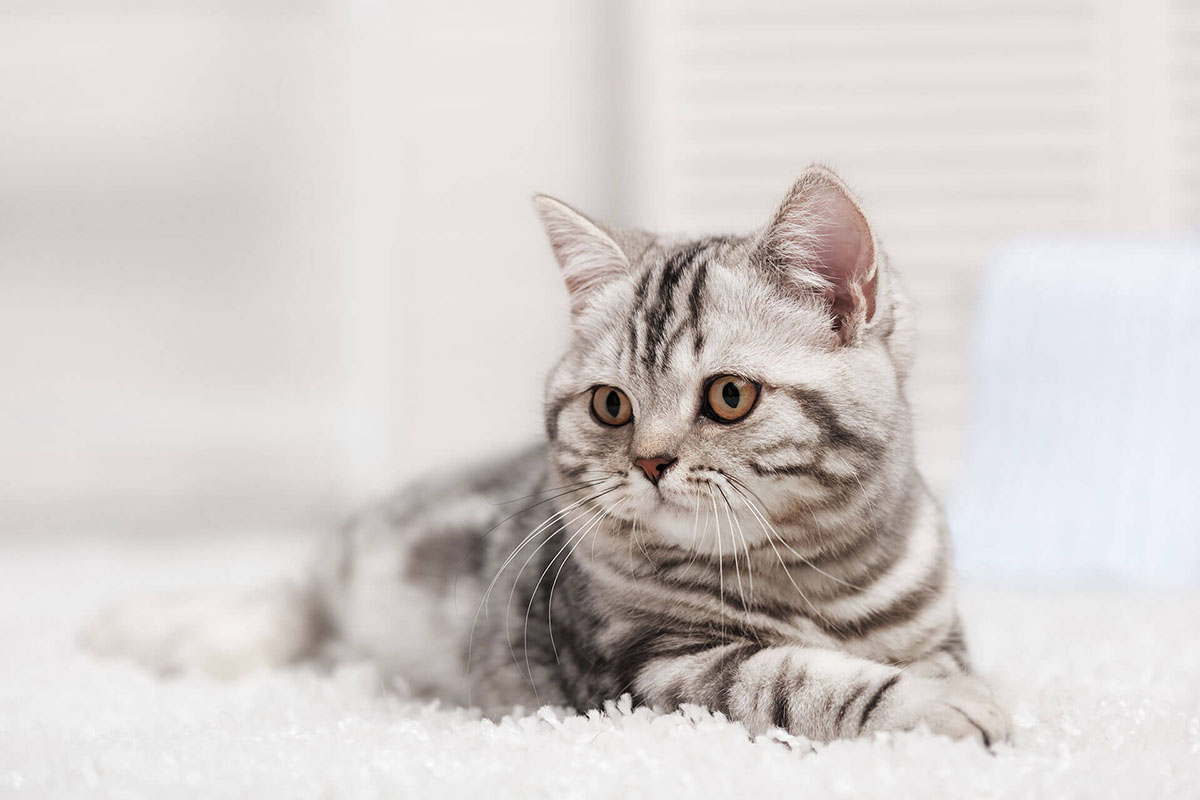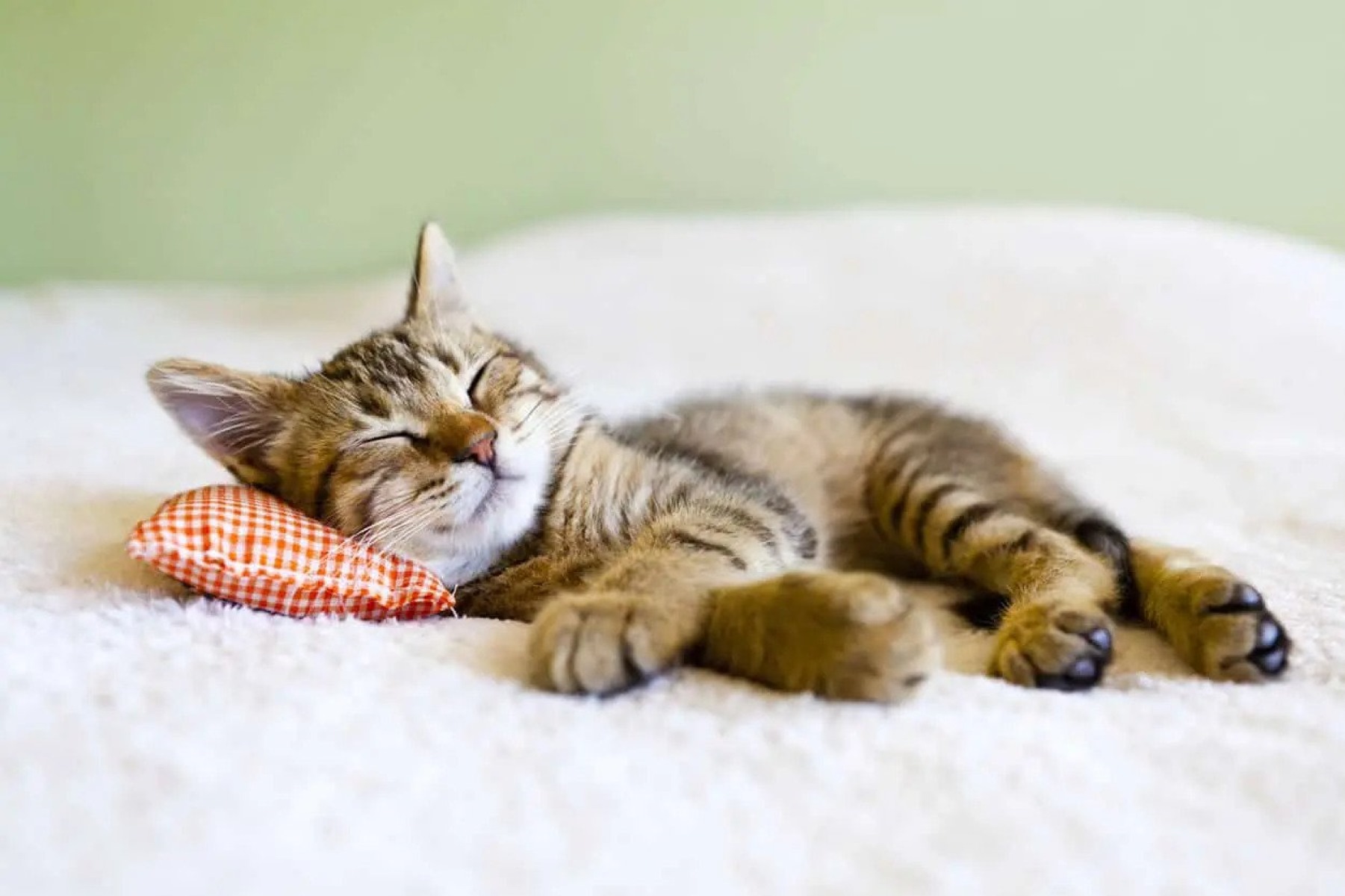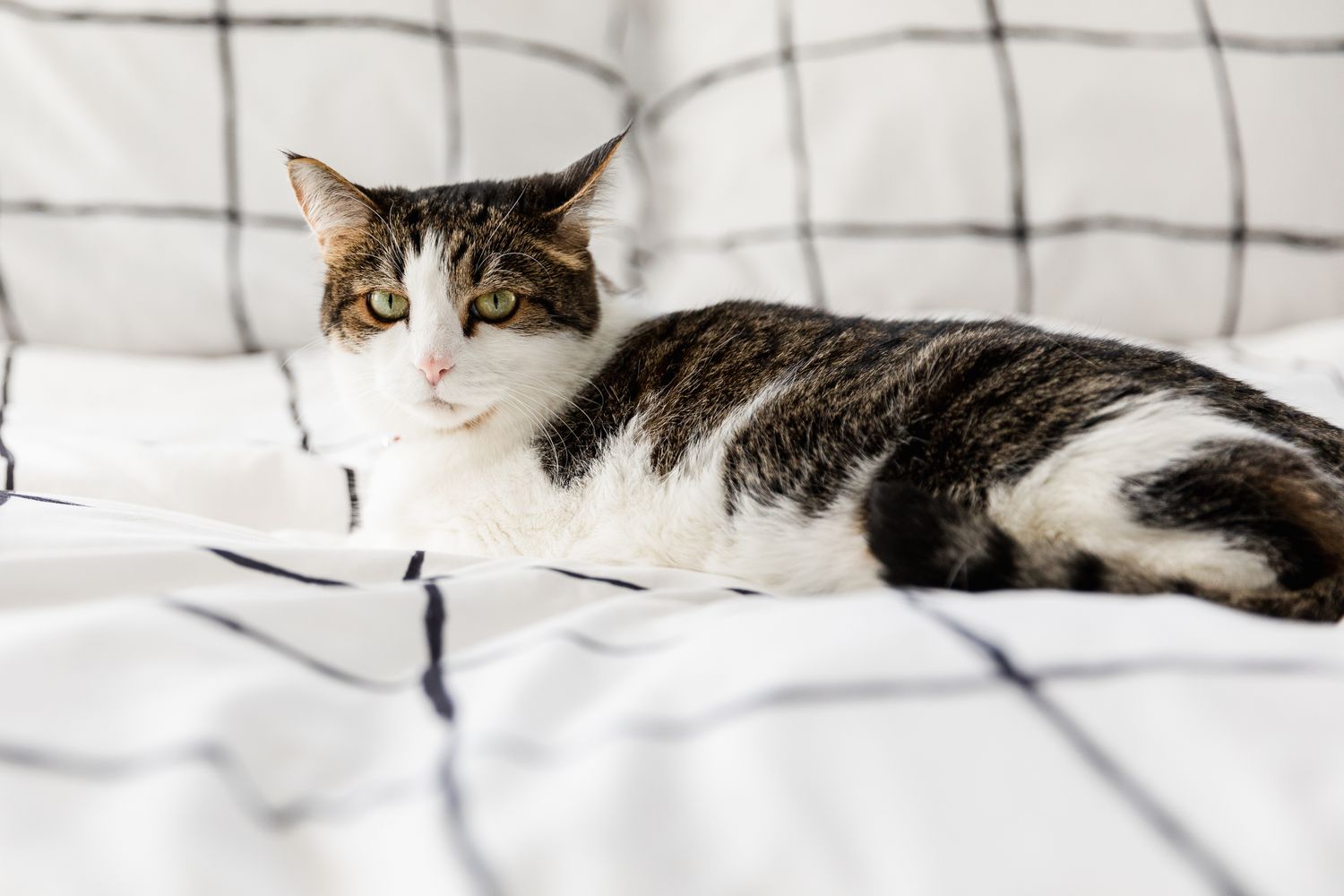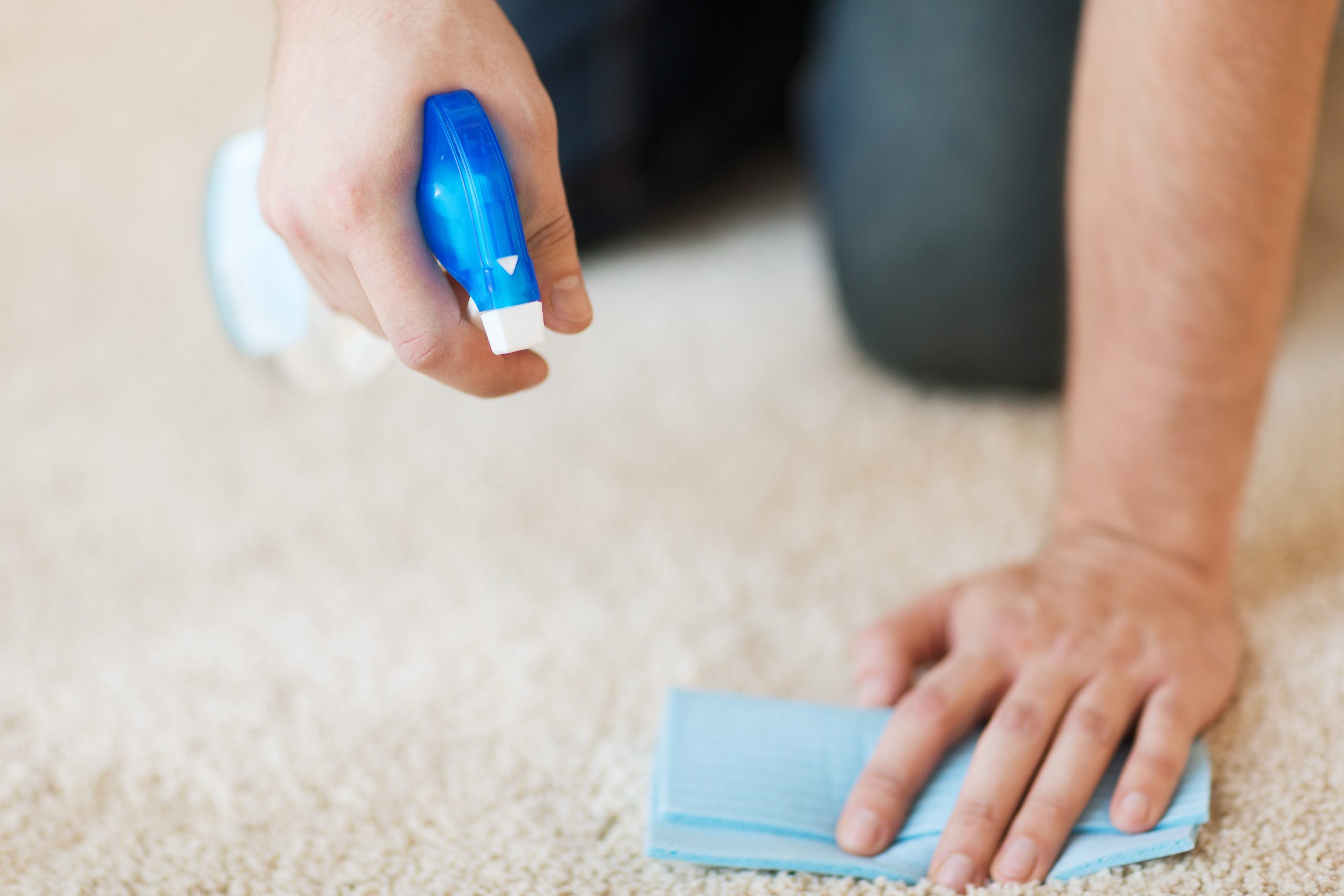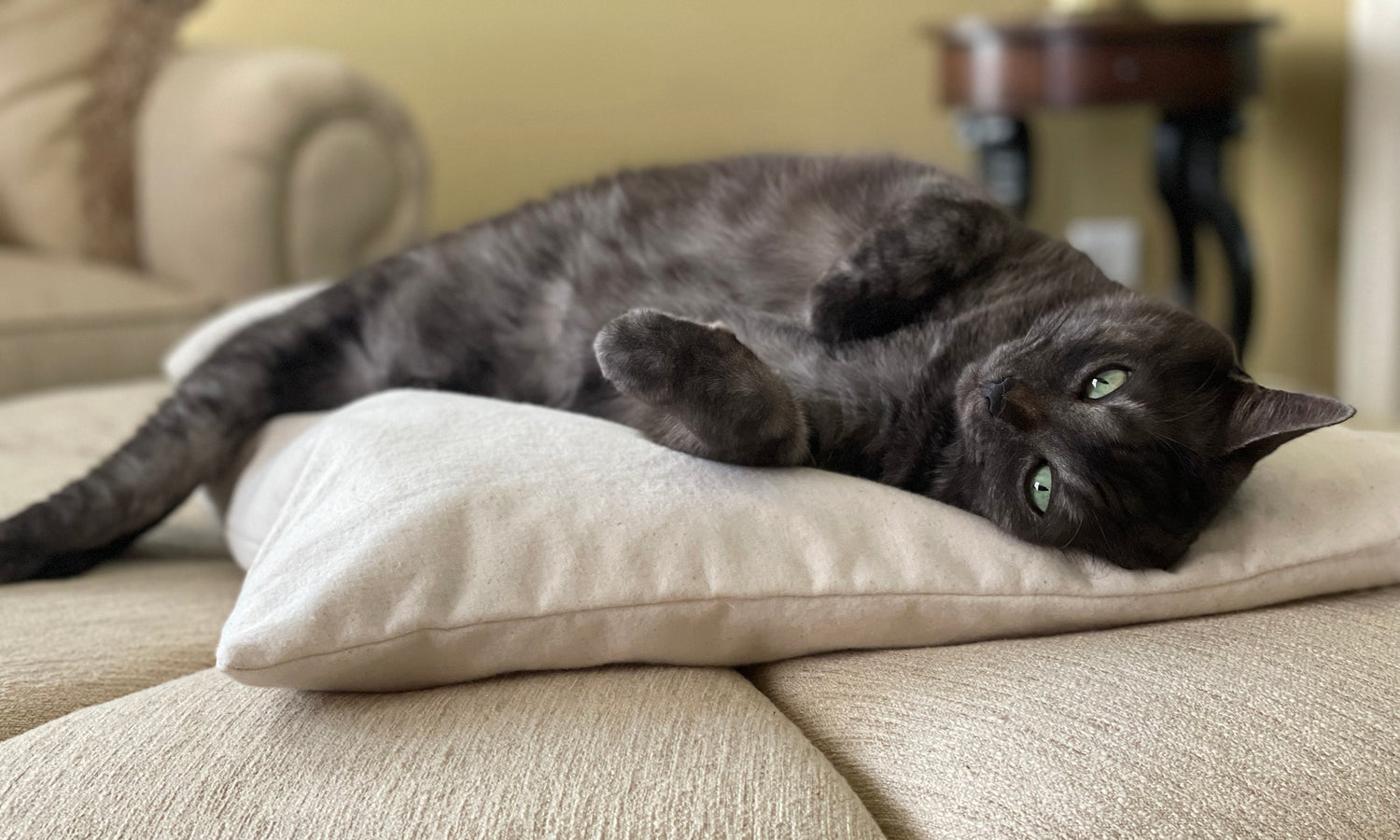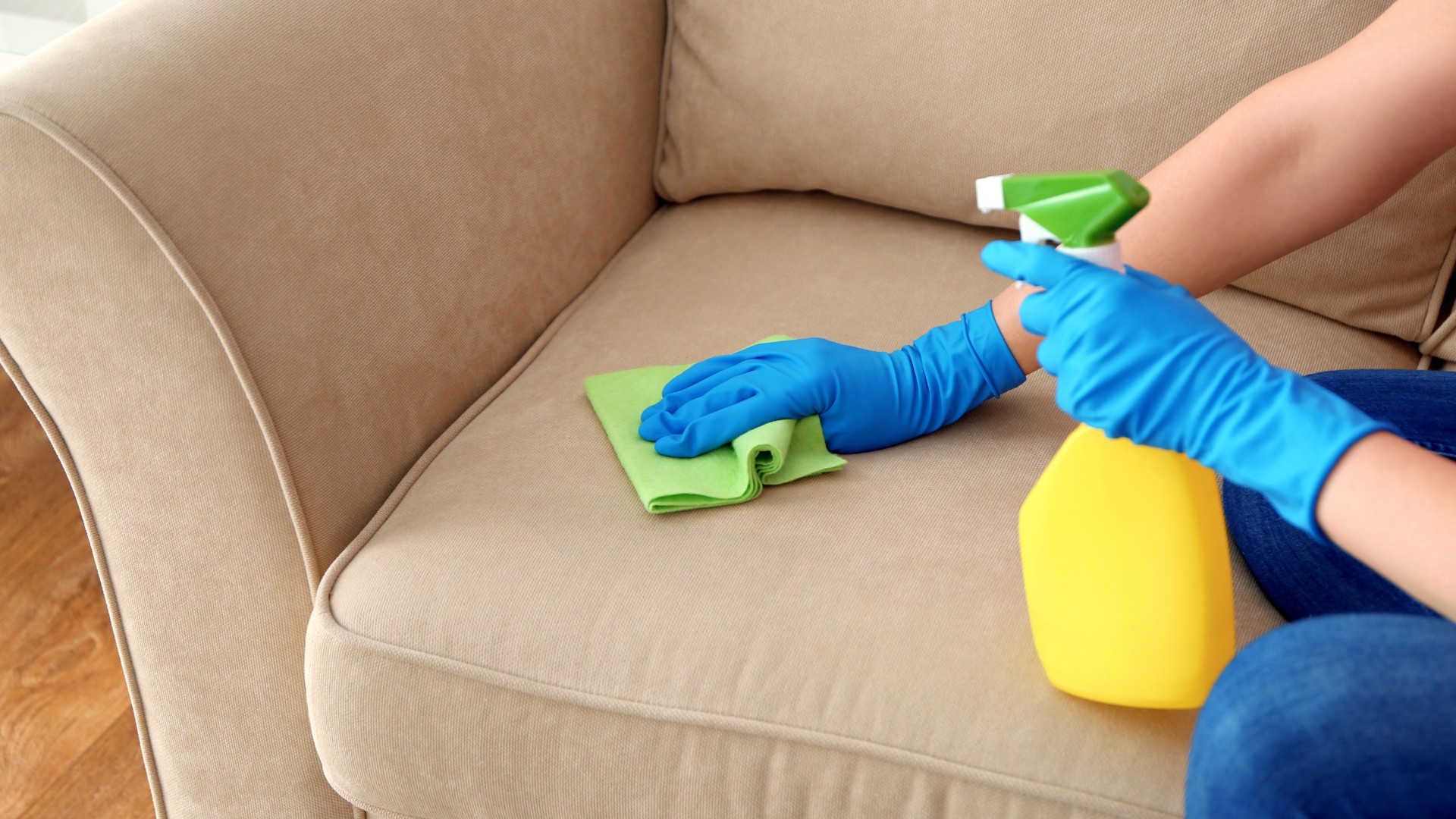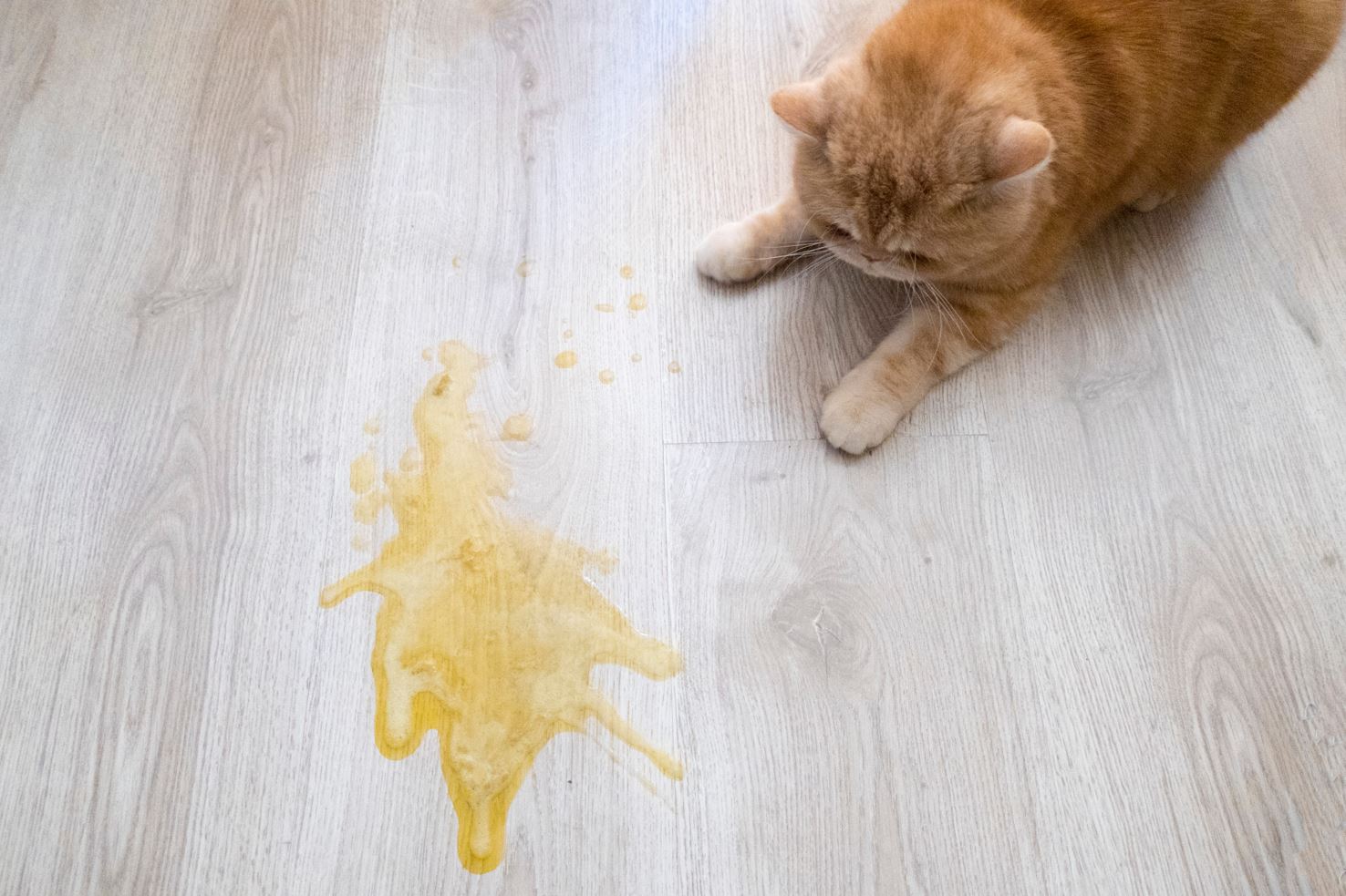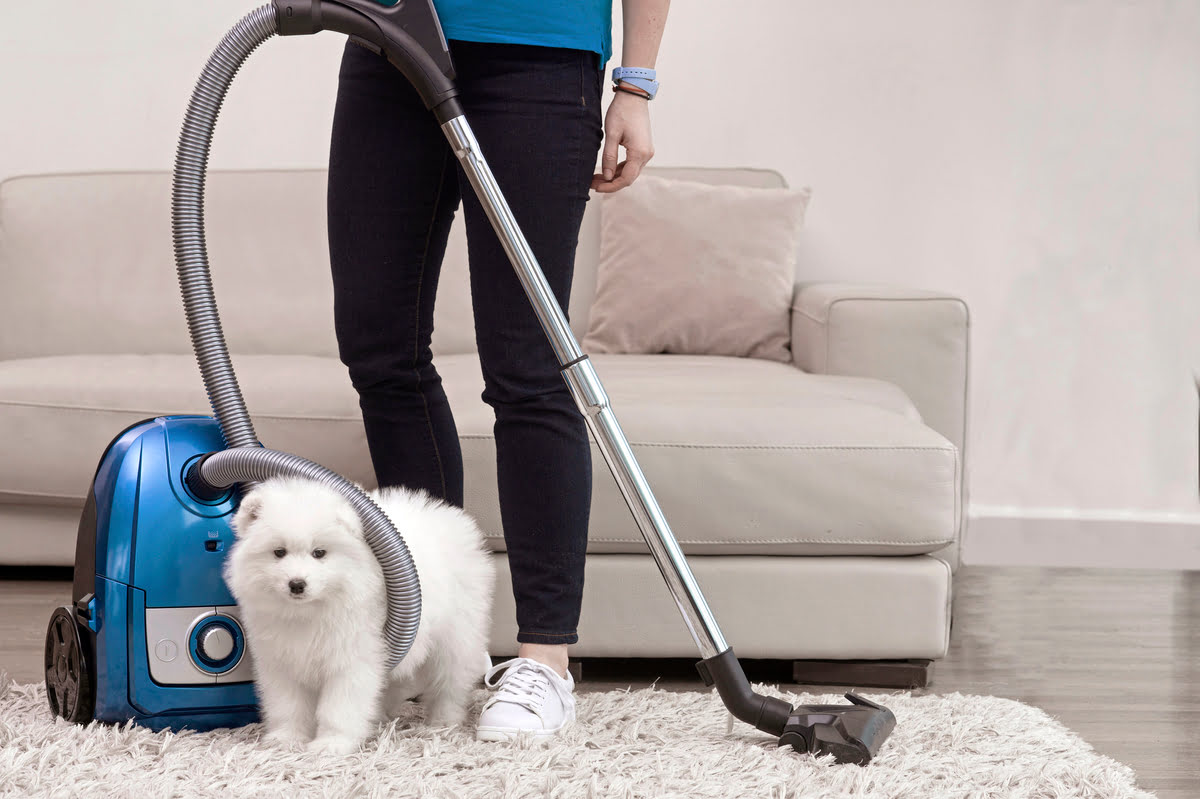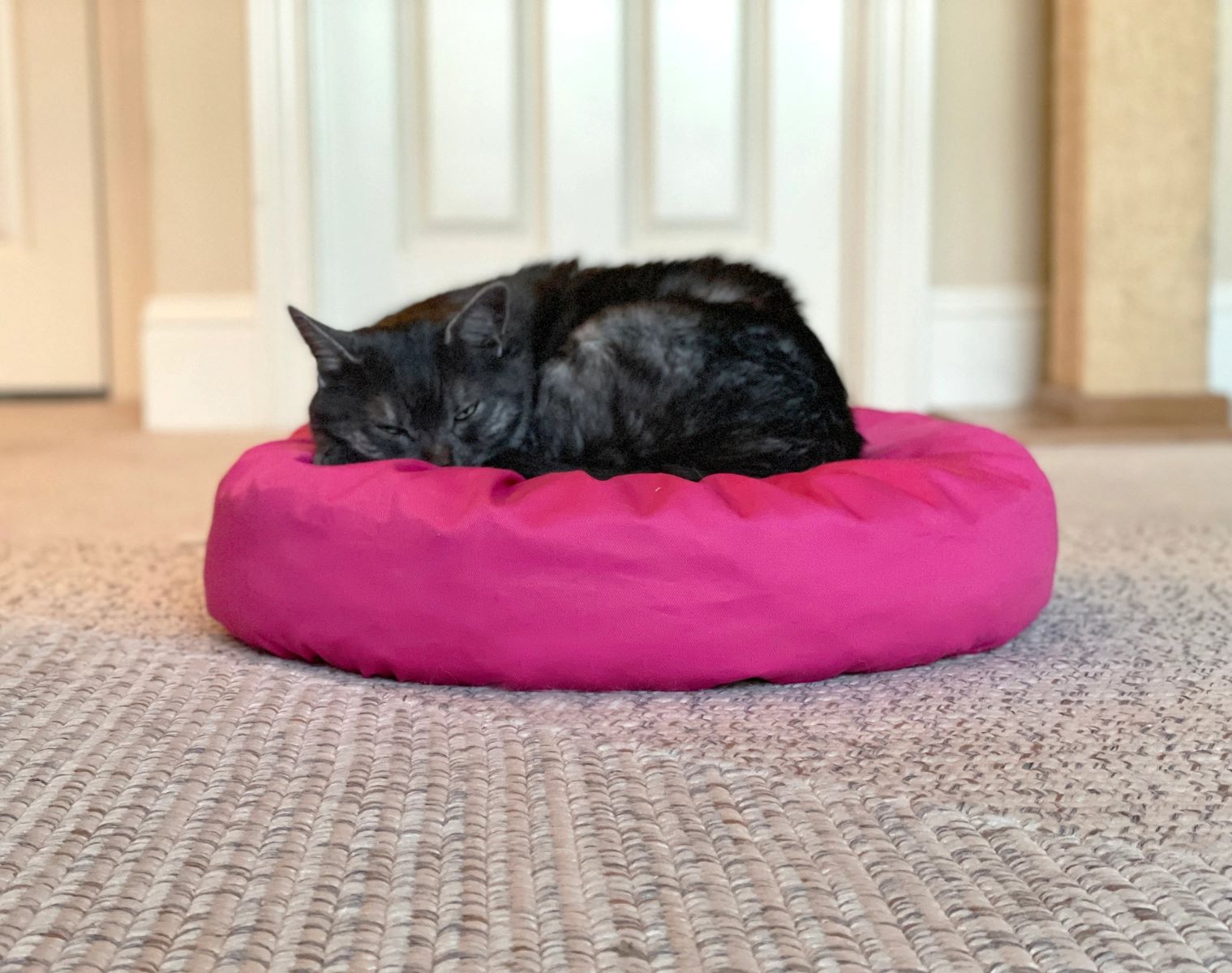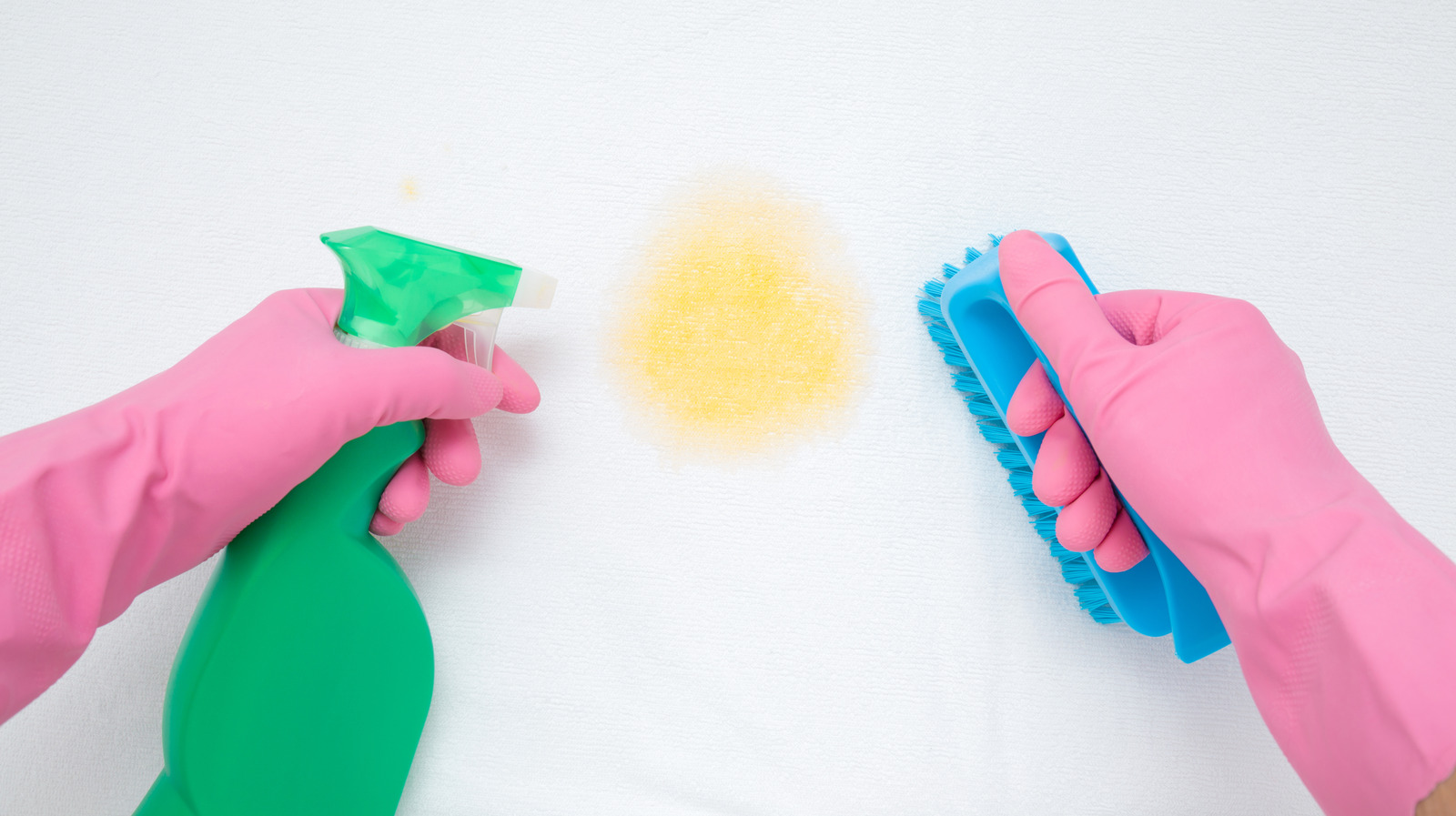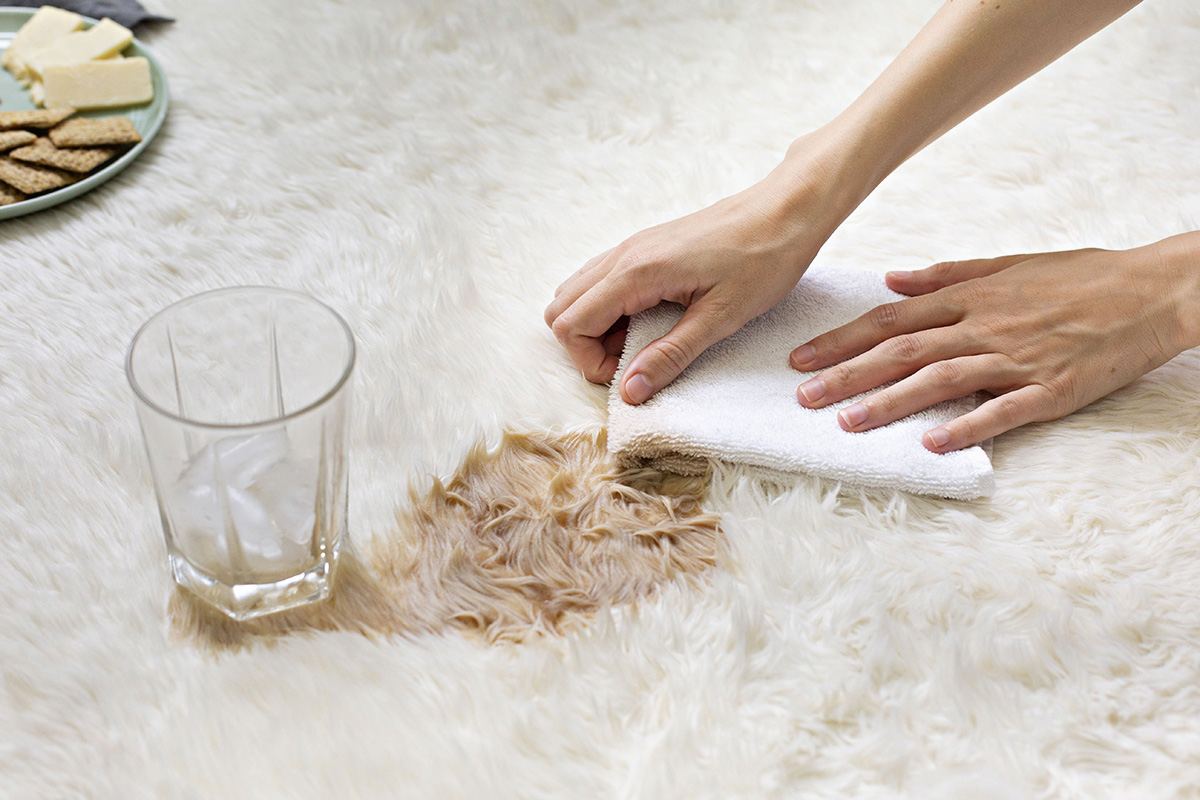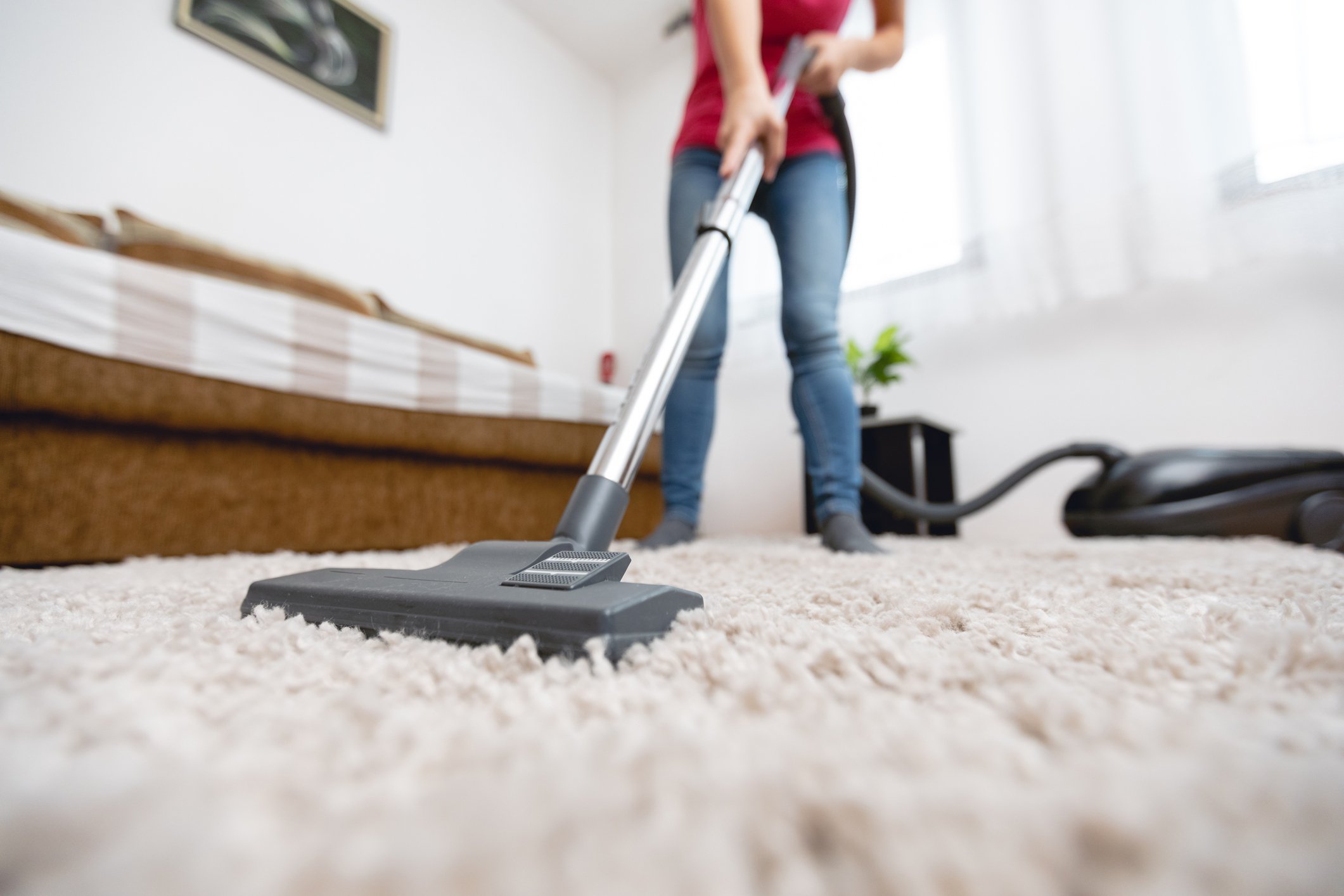

Articles
How To Clean Cat Pee Out Of Carpet
Modified: February 25, 2024
Looking for articles on how to clean cat pee out of carpet? Discover effective techniques and tips to remove cat urine stains and odors from your carpets.
(Many of the links in this article redirect to a specific reviewed product. Your purchase of these products through affiliate links helps to generate commission for Storables.com, at no extra cost. Learn more)
Introduction
Dealing with cat pee on your carpet can be a frustrating and challenging task. Not only does it leave behind an unpleasant odor, but it can also stain and damage the fibers of your carpet if not properly addressed. It’s important to take immediate action when you discover cat urine on your carpet to prevent further problems.
Cats may urinate outside of their litter box for various reasons, such as marking their territory, stress, or health issues. Regardless of the reason, it’s essential to clean up the mess promptly and effectively to minimize damage to your carpet and eliminate any lingering odor.
In this article, we will guide you through step-by-step instructions on how to clean cat pee out of your carpet. We will provide you with homemade cleaning solutions and tips to effectively remove the stain and odor, leaving your carpet fresh and clean.
Before we dive into the cleaning process, it’s crucial to emphasize the importance of taking immediate action. The longer cat urine sits on your carpet, the more difficult it becomes to remove. It can seep into the carpet fibers and even penetrate the underlying padding, making it harder to completely eliminate the odor and stain.
Without proper cleaning, the lingering smell of cat urine can attract your cat back to the same spot, leading to repeat incidents. Additionally, if the smell is not thoroughly eliminated, other pets in your home may also be tempted to soil the same area.
So, let’s get started with the first step in cleaning cat pee out of your carpet – blotting the affected area.
Key Takeaways:
- Act promptly when dealing with cat urine on your carpet to prevent stains, minimize odors, and protect your carpet fibers. Immediate action is crucial for successful cleaning.
- Use homemade cleaning solutions, vinegar, and enzymatic cleaners to effectively eliminate cat urine stains and odors from your carpet. Proper drying is essential to prevent further damage.
Read more: How To Get Cat Pee Out Of A Carpet
Understanding the Importance of Immediate Action
When it comes to dealing with cat pee on your carpet, time is of the essence. Taking immediate action is crucial to effectively remove the stain, prevent further damage, and eliminate any lingering odors.
Here’s why immediate action is so important:
- Prevents Stain Setting: Cat urine contains uric acid, which can leave behind stubborn stains if left untreated. The longer the urine remains on your carpet, the deeper it can penetrate the fibers and set into the carpet backing. By acting promptly, you can minimize the chances of a permanent stain.
- Minimizes Odor: Cat urine has a strong and distinct odor that can linger if not properly cleaned. The longer it sits on your carpet, the more time it has to release unpleasant odorous compounds. By addressing the issue immediately, you can prevent the odor from permeating your home.
- Prevents Damage to Carpet Fibers: Cat urine can be corrosive to carpet fibers, especially if it contains high levels of ammonia. Over time, the urine can weaken and degrade the fibers, leading to fraying, discoloration, and even permanent damage. By acting quickly, you can minimize the risk of irreversible fiber damage.
- Avoids Attracting your Cat: Cats have a highly sensitive sense of smell, and if they can detect the odor of their urine in the same spot, they may be tempted to return and re-soil the area. By thoroughly cleaning the area and eliminating the odor, you can discourage your cat from marking the same spot again.
- Prevents Spread of Odor: Cat urine odor can easily spread throughout your home, especially if it seeps into the carpet padding or subfloor. The longer the urine lingers, the more challenging it becomes to contain the odor. Acting swiftly can help contain and eliminate the smell before it spreads.
By understanding the importance of immediate action, you can ensure a more successful and efficient cleaning process. So remember, the moment you notice cat pee on your carpet, it’s crucial to take swift action to prevent stains, minimize odors, and protect the integrity of your carpet fibers.
Step 1: Blotting the Affected Area
When you discover cat urine on your carpet, the first step is to blot the affected area as quickly as possible. Blotting helps to remove as much urine as you can before it seeps deeper into the carpet fibers and padding. Here’s how to do it:
- Gather Supplies: Start by gathering the necessary supplies, including absorbent towels or paper towels, gloves, and a plastic bag for disposal.
- Place Towels on the Spot: Take a clean, absorbent towel or a stack of paper towels and place it over the urine spot. Apply pressure with your hands or gently stand on the towel to soak up the urine. Avoid rubbing or scrubbing at this stage, as it can spread the urine and make the stain worse.
- Continue Blotting: Use fresh towels or paper towels to blot the area repeatedly until no more urine is absorbed. It’s essential to remove as much moisture as possible to prevent the urine from soaking deeper into the carpet fibers.
- Check Underneath: Lift the carpet slightly around the affected area to check if any urine has soaked through to the padding or subfloor. If you notice any signs of moisture, it’s crucial to address it to prevent lingering odors and potential damage.
- Dispose of the Towels: Once you have finished blotting, carefully place the urine-soaked towels into a plastic bag for disposal. Seal the bag tightly to contain the odor and dispose of it properly.
Blotting the affected area is the initial step in tackling cat urine on your carpet. It helps to minimize the amount of urine that remains on the surface and prevents it from spreading or penetrating further into the carpet fibers. By quickly removing the urine, you are setting the stage for the following steps to effectively clean and eliminate the stain and odor from your carpet.
Step 2: Creating a Homemade Cleaning Solution
After blotting the affected area, the next step in cleaning cat pee out of your carpet is to create a homemade cleaning solution. This solution will help break down the urine and eliminate the odor. Here’s how to create your own cleaning solution:
- Gather the Ingredients: You will need a few common household items to make the cleaning solution. These include white vinegar, baking soda, dish detergent, and warm water. These ingredients help neutralize the urine and remove any lingering odor.
- Mix the Ingredients: In a clean spray bottle or a bowl, combine 1 part white vinegar, 1 part warm water, and a few drops of dish detergent. For every cup of liquid, add a tablespoon of baking soda. Mix the solution well to ensure the ingredients are thoroughly combined. Vinegar is acidic and helps neutralize the alkalinity of cat urine, while baking soda acts as a deodorizer.
- Optional: Add Essential Oils: If you prefer a pleasant scent, you can add a few drops of your favorite essential oils to the cleaning solution. Lavender, lemon, or tea tree oil work well for eliminating odors.
- Test in an Inconspicuous Area: Before applying the cleaning solution to the urine stain, it’s essential to test it in an inconspicuous area of your carpet. Apply a small amount of the solution to an unseen corner of the carpet and wait for a few minutes. Check for any color fading or damage before using it on the stained area.
By creating a homemade cleaning solution, you can effectively remove the stain and neutralize the odor of cat urine. This solution is a cost-effective and natural alternative to commercial cleaners. Now that you have prepared the cleaning solution, it’s time to move on to the next step – applying the solution to the stained area.
Step 3: Applying the Cleaning Solution
Now that you have your homemade cleaning solution ready, it’s time to apply it to the cat urine stain on your carpet. The cleaning solution will help break down the urine and remove any remaining odors. Follow these steps to apply the solution effectively:
- Saturate the Stain: Pour or spray the homemade cleaning solution directly onto the urine stain. Make sure to completely saturate the stained area, ensuring that the solution reaches the carpet fibers where the urine may have penetrated.
- Avoid Over-saturation: While it’s important to thoroughly saturate the stain, be cautious not to over-saturate the carpet. Too much moisture can lead to damage, such as mildew or mold growth. If excessive liquid accumulates on the surface, gently blot it with a clean towel to remove the excess.
- Gently Scrub: Using a soft-bristled brush or your fingers, gently scrub the cleaning solution into the stained area. The gentle scrubbing action helps to penetrate the fibers and break down the urine particles. Be careful not to scrub too vigorously, as this can damage the carpet fibers.
- Allow Dwell Time: Let the cleaning solution sit on the stain for about 10-15 minutes. This dwell time allows the solution to work its magic and effectively break down the cat urine and eliminate the odor.
By applying the homemade cleaning solution to the cat urine stain, you are actively working to break down the urine and eliminate any lingering odors. The vinegar, baking soda, and dish detergent in the solution help neutralize the acidic properties of the urine and eliminate the smell. Once you have let the cleaning solution sit for the recommended dwell time, it’s time to move on to the next step – blotting and rinsing the area.
Blot up as much urine as possible with paper towels, then apply a mixture of equal parts water and white vinegar to the area. Let it sit for a few minutes, then blot again. Finally, sprinkle baking soda over the spot, let it sit for a few hours, then vacuum it up.
Read more: How To Clean Pee Out Of A Carpet
Step 4: Blotting and Rinsing
After allowing the cleaning solution to sit on the cat urine stain for the recommended dwell time, it’s time to blot and rinse the area. This step helps to remove the cleaning solution, along with any remaining urine and odor. Follow these steps to effectively blot and rinse the stained area:
- Blot the Area: Using clean and absorbent towels or paper towels, begin blotting the area to remove the cleaning solution. Press the towel onto the stain and apply gentle pressure to absorb as much of the solution as possible. Repeat this step until no more liquid is being absorbed.
- Rinse with Clean Water: Once you have removed the cleaning solution, it’s crucial to rinse the area with clean water. Fill a spray bottle with lukewarm water and spray it over the stained area. Blot the area again with clean towels to remove any residual cleaning solution and remaining urine.
- Repeat if Necessary: If the stain or odor persists, you may need to repeat the blotting and rinsing process. Ensure that the area is thoroughly rinsed and free from any cleaning solution residues. This step is essential to prevent any potential damage or discoloration to your carpet.
- Extract with Wet-Dry Vacuum (Optional): If you have access to a wet-dry vacuum, you can use it to extract excess moisture from the carpet. Follow the manufacturer’s instructions for your specific vacuum model. This step can help speed up the drying process and ensure that no excess moisture is left behind.
By blotting and rinsing the area, you are removing the cleaning solution, any remaining urine, and effectively reducing the odor. Thoroughly rinsing with clean water helps to ensure that no residue is left behind that could attract your cat to the same spot or lead to re-soiling. Once you have completed the blotting and rinsing process, it’s time to move on to the next step – eliminating odor with a vinegar solution.
Step 5: Eliminating Odor with Vinegar Solution
Even after blotting, rinsing, and cleaning the cat pee stain on your carpet, you may still notice a lingering odor. To further eliminate the odor and ensure a fresh-smelling carpet, you can use a vinegar solution. Follow these steps to effectively eliminate odor using vinegar:
- Mix the Vinegar Solution: In a spray bottle, combine equal parts white vinegar and water. The vinegar’s acidic properties help neutralize the alkaline nature of cat urine, effectively eliminating the odor.
- Spray the Solution: Generously spray the vinegar solution onto the previously stained area of your carpet. Make sure to saturate the area thoroughly, ensuring that the solution reaches the carpet fibers where the odor may be trapped.
- Allow Dwell Time: Allow the vinegar solution to sit on the carpet for at least 15-30 minutes. This dwell time allows the vinegar to penetrate and neutralize the odor-causing compounds from the cat urine.
- Blot and Rinse: After the dwell time, blot the area with clean towels or paper towels to remove the vinegar solution. Follow up by rinsing the area with clean water, similar to the blotting and rinsing process in the previous step. Blot the area again to remove any remaining moisture or vinegar solution.
Using a vinegar solution is an effective and natural method to eliminate the odor of cat urine from your carpet. The acidic properties of vinegar help neutralize the alkaline urine, resulting in a fresher-smelling carpet. Once you have completed this step, you can proceed to the next step – using an enzymatic cleaner for further odor elimination.
Step 6: Using an Enzymatic Cleaner
In some cases, even after the previous cleaning steps, there may still be lingering odor from the cat urine on your carpet. To effectively tackle this persistent odor, you can use an enzymatic cleaner. Enzymatic cleaners are specifically designed to break down the organic compounds in cat urine, eliminating the odor at its source. Follow these steps to use an enzymatic cleaner:
- Purchase an Enzymatic Cleaner: Look for an enzymatic cleaner that is specifically formulated for removing pet urine odors and stains. These cleaners contain enzymes that target and break down the proteins in cat urine, effectively neutralizing the odor.
- Read and Follow the Instructions: Before using the enzymatic cleaner, carefully read and follow the instructions provided by the manufacturer. Each cleaner may have different application requirements and recommended dwell times.
- Apply the Enzymatic Cleaner: Saturate the previously stained area of your carpet with the enzymatic cleaner. Ensure that the cleaner reaches the carpet fibers where the urine may have seeped in. Allow the enzymatic cleaner to penetrate the carpet and interact with the odor-causing molecules.
- Follow Dwell Time Instructions: Enzymatic cleaners typically require a specific dwell time to effectively break down the urine and eliminate the odor. This can range from a few minutes to a few hours. Follow the manufacturer’s instructions regarding the recommended dwell time.
- Blot and Rinse: After the recommended dwell time has passed, use clean towels or paper towels to blot the area and remove the enzymatic cleaner. Follow up by rinsing the area with clean water and blotting it again to remove any residue.
An enzymatic cleaner can be a powerful tool in eliminating stubborn cat urine odors. The enzymes in the cleaner target and break down the organic compounds, leaving your carpet smelling fresh and clean. Once you have gone through this step, the final step is to ensure proper drying of the carpet.
Step 7: Drying the Carpet
After completing the cleaning process to remove cat urine from your carpet, it’s crucial to ensure proper drying to prevent mold, mildew, and further damage. Here’s how to effectively dry your carpet:
- Remove Excess Moisture: Use clean towels or a wet-dry vacuum to remove any excess moisture from the carpet. Blot the carpet gently or use the vacuum on its lowest setting to extract as much moisture as possible. This step helps expedite the drying process.
- Allow Adequate Air Circulation: Open windows and doors to promote airflow in the room. If possible, use fans or dehumidifiers to enhance air circulation. This helps evaporate the remaining moisture in the carpet more quickly.
- Avoid Walking on the Carpet: While the carpet is still damp, it’s important to avoid walking on it to prevent further damage or stains. If necessary, place signs or barriers to remind family members and pets to steer clear of the area until the carpet is completely dry.
- Use Dry Indoor Conditions: If the weather permits, you can also consider using a dehumidifier or running the air conditioner to maintain low humidity levels indoors. Dry conditions can significantly aid in the drying process of your carpet.
- Monitor for Complete Drying: Check the carpet periodically to ensure it is completely dry. This process may take a few hours to a day or longer, depending on the thickness of your carpet and the surrounding conditions. Use clean, dry towels to assess the moisture level. If the towels come away dry, then the carpet is likely dry as well.
Properly drying your carpet is crucial to prevent the growth of mold and mildew. By following these steps, you can mitigate the risk of further damage and ensure a clean and dry environment. Once the carpet is completely dry, you can rest assured that the cleaning process is complete, and your carpet is fresh and free from cat urine.
Congratulations! You have successfully cleaned cat urine out of your carpet, leaving it odor-free and restored to its previous condition.
Remember, acting promptly and following each step carefully is key to effectively removing the stain and odor. By using blotting, homemade cleaning solutions, vinegar, enzymatic cleaners, and proper drying techniques, you can tackle cat urine stains on your carpet and create a clean and hygienic living space for you and your furry friend.
Read more: How To Clean Cat Puke Out Of A Carpet
Conclusion
Dealing with cat urine on your carpet can be a challenging task, but with the right approach, you can effectively clean and eliminate the stain and odor. By taking immediate action, blotting the affected area, and creating a homemade cleaning solution, you can tackle the initial stage of cleaning. Applying the cleaning solution, blotting and rinsing, and using a vinegar solution can further remove the odor and restore freshness to your carpet.
In more stubborn cases, an enzymatic cleaner can be used to break down the urine at a molecular level and eliminate any lingering odors. Lastly, ensuring proper drying of the carpet is essential to prevent further damage and the growth of mold or mildew. By following these steps, you can successfully clean cat urine out of your carpet and create a clean and hygienic living space.
Remember, acting quickly is crucial when dealing with cat urine stains. The longer the urine sits on your carpet, the harder it becomes to remove the stain and odor. Additionally, addressing the underlying reasons behind your cat’s inappropriate urination, such as stress or health issues, can help prevent future incidents.
With regular cleaning and maintenance, including routine vacuuming and prompt clean-up of any accidents, you can keep your carpet fresh and free from the lingering smells of cat urine. If you find yourself struggling to remove stubborn stains or lingering odors, consider seeking professional carpet cleaning services to ensure a thorough and effective cleaning.
Remember, a clean and odor-free carpet not only enhances the aesthetics of your home but also creates a healthy and comfortable environment for both you and your feline companion. Keep these tips and steps in mind and say goodbye to cat urine stains and odors on your carpet for good!
Frequently Asked Questions about How To Clean Cat Pee Out Of Carpet
Was this page helpful?
At Storables.com, we guarantee accurate and reliable information. Our content, validated by Expert Board Contributors, is crafted following stringent Editorial Policies. We're committed to providing you with well-researched, expert-backed insights for all your informational needs.
